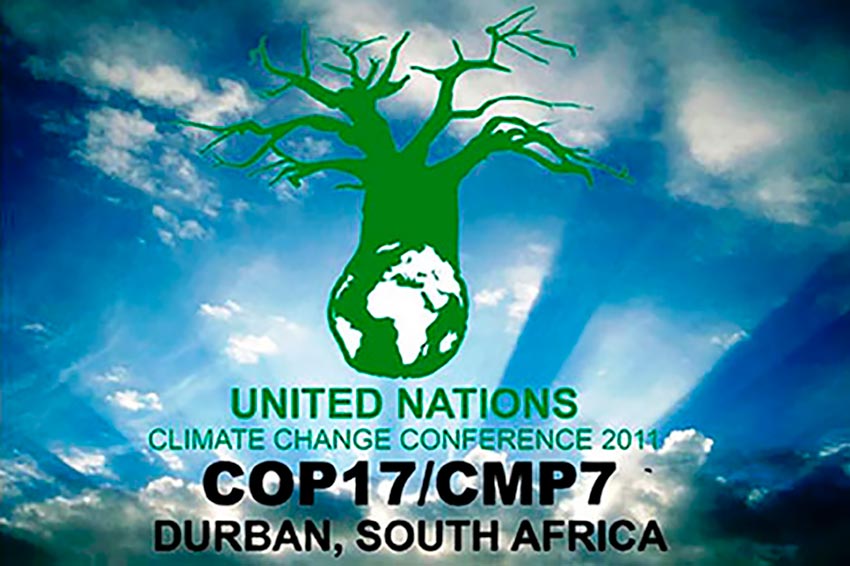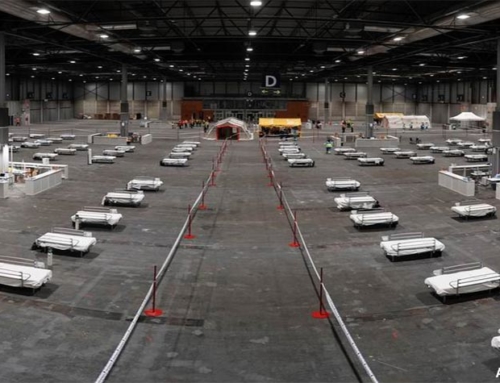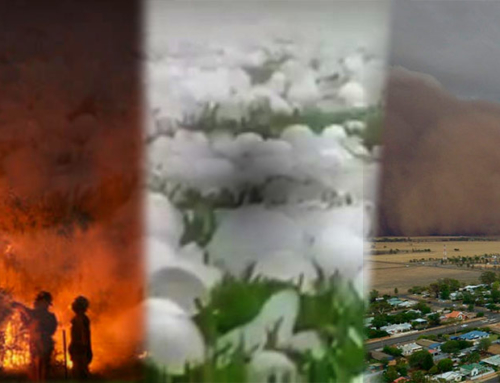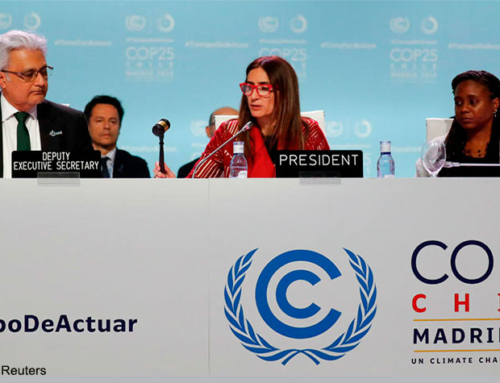COP17. UN Conference on climate change. Durban, South Africa, 2011
New conference, new location, new delegates, but it seems the results will be the same
Between November 28th and December 9th, the seventeenth conference on climate change, sponsored by the UN will be taking place in Durban, South Africa. The main goal of this conference is trying to slow down the environmental crisis caused by climate change. Simultaneously, outside the walls of the building where this conference is taking place, there is another crisis running in the world: the most dangerous economic crisis since the great depression of 1929. This crisis, which epicenter is located in Europe, is threatening to bring down the whole world’s finnacial system and alongside the environmental crisis the planet faces today, could cause the most dangerous perfect storm in the last 60.000 years, when the Würms glaciation began.
This meeting that is being held in the modern International Conference Center, located in the eastern and very touristic South African city of Durban, which golden coasts are bathed by the waters of the Indian Ocean at 1000 miles of the fantastic island of Madagascar, known by its exuberant biodiversity and unique species in the world. The opening words of the South African president, Jacob Zuma, appealed to the responsibility of the 200 delegates that are attending the conference, on reaffirming the multilateral legal system provided in the Kyoto protocol, as well as on enphatizing that climate change is not only an environmental challenge, instead he stated that climate change should be regarded as a development challenge as he warned the people in that room of the “Colossal task” that awaits them. To conclude his speech, Zuma said that “we are in Durban for a purpose: to guarantee the future of the following generations” and enphatized that Durban meant a “decisive moment” on the battle against climate change.
Regardlessly of Zuma’s beautiful words, and when it is still too early to draw conclusions as the conference has not reached but it’s second day, there have been statements from ombudsmen linked to the conference that don’t reflect too much optimism about the results humanity should expect from such a large and costly movilization. “We know that a second Kyoto protocol will not be reached in Durban, which would be a miracle” said Achim Steiner, no less than the executive director of the UNEP, the United Nations Environmental Programme. Canada, on a press conference held on the second day of the meeting said that “Kyoto is a matter of the past” and announced that they “will not make a second commitment to Kyoto”.
Press headlines are not too encouraging either, here we show some examples: “Pessimism in Durban”, “Skepticism on the possibility of reaching a new global climate agreement”, “A new climategate explodes on Durban’s climate summit”, “The UN seeks in Durban for a way out of the failures of climate summits”. These are just a few of the headlines we have chosen to illustrate the reigning atmosphere in the summit.
Durban is begining to look like a race against time to save the Kyoto Protocol that came into force in 1997 and has an expiration date due in 2012, even when the battle will take place between those in favour of extending it under the very appealing name of Kyoto Plus, and those who support the idea of a fresh start, like Canada, that has argumented their decisions on negotiating a new binding agreement that will eventually include all of the world’s main issuers of CO2 emissions. This idea is based on the fact that some of the biggest polluters in the world are not currently included in the Kyoto protocol, some by not having signed the protocol, such as the US, and others, such as China, Brasil, or India by having being considered as emerging countries at the time of the signing.
It is notable after the first days of the conference that the preference scale is leaning towards the options of extending the Kyoto protocol, which relevance is appreciable if we take into account the qualifying adjectives that have been used by connoted personalities to define it. Some are “Master line”, “Cornerstone”, “most important political barometer on climate change” among others denominations given to distinguished tool created for climate regulation. One of the greatest achievements that could be reached in Durban would be the singing of the Kyoto protocol by the US and China, countries responsible for the 40% of the global CO2 emissions.
Another crucial challenge Durban faces, second in relevance after the Kyoto protocol subject, is to find the way of capitalizing the green fund for climate, created the last year in Cancun, Mexico during the COP16, through which it was established a fund of a 100 billion dollars per year as from 2020, and 30 billion dollars for the 2010-2012 period. The purpose of this fund is to help countries with less resources to bear the costs of the fight against climate change. If these goals already seemed hard to reach in 2010, they are now begining to look a lot harder due to the crisis that has recently exploded in Europe, which ramifications are extending like an ivy that is threatening to tangle the whole planet.
It is the crisis of the bubble of money, as we explained in a serie of five articles where we exposed the hypothesis of the four bubbles: money, commodities, population and climate, all of them interrelated and co-dependant on each of the rest. We don not like to quote ourselves, but in this case it is almost inevitable: “If global finnancial crisis was to worsen, for example, we would witness, as we have already witnessed, countries unable to disburse the required resources for the fulfillment of vital protocols or agreements, or not to consider these among their priorities, even though the singing of these agreements had the objective of stopping the growth of sub-bubbles such as the increase of global warming, the widening of the ozone layer, the expansion of depleted surfaces due to the indiscriminated logging of jungles and forests or the increase of sea and ocean contamination, among other sub-bubbles that threaten the mantaining of life in the planet”
We end this article saying that in order to be able to sail this huge ship through the storm, humanity must be very wise and seize every oportunity it is given, it must not overlook any detail or to stop offering the slightest help that could contribute, regardless of the magnitude, to dodge the storm anf to get the ship to a safe port.
Sandor Alejandro Gerendas-Kiss







Leave A Comment